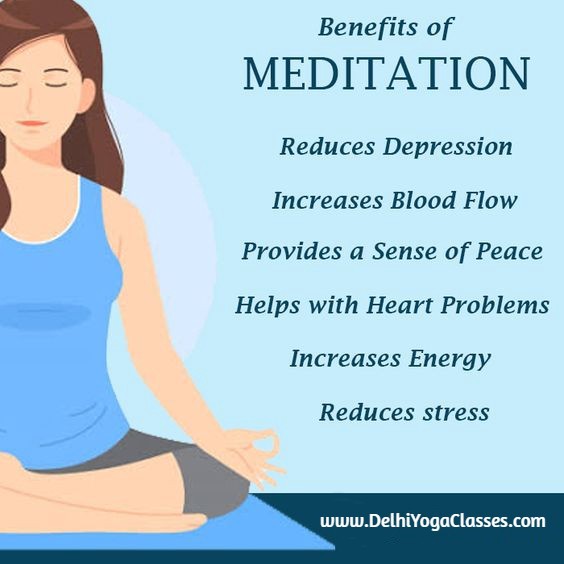
Although it is not clear where zen originated, the explanations are possible. Bodhidharma, a sixth-century Buddhist monk, introduced Zen's teachings to China. Bodhidharma introduced Zen to Japan one hundred years later. During his travels, Zen cultivated an independence from written words. His students were taught the turning-around techniques of dhyana by Zen, with reference to the Lankavatara Sutra. The Zen masters who came before him were all familiar with Buddhist canons.
Bodhidarma brought Zen from India to Japan, where it has remained for over a century. He was known for his no-method approach during his lifetime. He developed many methods for triggering Enlightenment, including riddles or koans. These riddles were created to challenge students and to lead them to ultimate enlightenment. One classic koan was to meditate upon the sound of one's hand clapping. Zen poetry is associated with this practice as well as calligraphy and Zen poetry.

In the earliest Zen texts the Buddha preached The Flower Sermon. This Dharma talk was the basis of Zen practice. These teachings are believed that Buddha gave them to his 14th century audience. He was absent from the audience, but he did give his disciples a Dharma talk about the nature and purpose of the universe. Zen is a different kind of Buddhism. It advocates the integration between the body and the mind to attain insight into the nature of things.
Although Zen practice has been documented in India for some time, it was formalized in China. This form of Buddhism was known as Chan, and it was transmitted to Japan in the thirteenth century. This new style of meditation quickly won the hearts and minds of the Japanese samurai class. Later, it was the dominant form for Buddhism in Japan between 14 and 16 centuries. Immigrant Chinese prelates introduced Chinese culture and philosophy to their Japanese disciples and they were often encouraged to travel to China for further study.
India is the place where Zen's origins are deeply rooted. Near the border of India, Nepal and India, Buddha was born. The Buddha's name refers the royal family where the Buddha was born. He also founded the first temple of this area. The temple was located in Lumbini at that time. The birth of the Buddha was also a major center of Buddhism in the ancient world. The city was the seat of the emperor.

In the fifth century BCE Shakyamuni Buddha found enlightenment in the position of dhyana. The teaching was then passed down from masters to disciples and the lineage for zen was created. Bodhidharma took the teaching to China, naming it ch’an. He taught meditation to the Chinese. He was also the first to teach Zen. The world was greatly influenced by the Chinese Buddhists after his death.
FAQ
What are 10 healthy habits you can adopt?
-
Have breakfast every day.
-
Don't skip meals.
-
You should eat a balanced diet.
-
Get plenty of water.
-
Take care your body.
-
Get enough sleep.
-
Avoid junk food.
-
Do some form of exercise daily.
-
Have fun
-
Meet new people.
What can I do to boost my immune system?
The human body consists of trillions of cells. These cells collaborate to create organs, tissues and other functions. If one cell dies, a new cell takes its place. Cells communicate with one another using chemical signals called hormonal hormones. All bodily processes are controlled by hormones, including metabolism and immunity.
Hormones can be described as chemicals produced by glands in the body. They travel through bloodstreams and act as messengers that control the function of our bodies. Some hormones are produced within the body while others are externally manufactured.
Hormone production begins when a hormone-producing gland releases its contents into the bloodstream. Once hormones are released, they move through the body to reach their target organ. Some hormones are only active for a brief time. Some hormones remain active for longer periods of time and can continue to have an impact on the body's function long after they are gone.
Some hormones may be produced in large numbers. Others are made in small quantities.
Some hormones are produced at certain times during life. For instance, estrogen is produced during puberty, pregnancy, menopause, and old age. Estrogen aids women in developing breasts, maintaining bone density and preventing osteoporosis. It promotes hair growth as well as keeping skin soft and smooth.
What is the problem of BMI?
BMI stands for Body Mass Index. This is a measure of body fat that is calculated based on height or weight. The following formula can be used to calculate BMI.
Add weight in kilograms to height in meters squared.
The result can be expressed as a number between zero and 25. A score of 18.5+ indicates that you are overweight. A score higher than 23 indicates that you are obese.
A person who is 100 kg in weight and 1.75m in height will have a 22 BMI.
Statistics
- Extra virgin olive oil may benefit heart health, as people who consume it have a lower risk for dying from heart attacks and strokes according to some evidence (57Trusted Source (healthline.com)
- WHO recommends reducing saturated fats to less than 10% of total energy intake; reducing trans-fats to less than 1% of total energy intake; and replacing both saturated fats and trans-fats to unsaturated fats. (who.int)
- WHO recommends consuming less than 5% of total energy intake for additional health benefits. (who.int)
- nutrients.[17]X Research sourceWhole grains to try include: 100% whole wheat pasta and bread, brown rice, whole grain oats, farro, millet, quinoa, and barley. (wikihow.com)
External Links
How To
What does the term "vitamins" mean?
Vitamins are organic compounds found naturally in food. Vitamins are necessary for us to absorb nutrients in the foods we consume. The body cannot make vitamins; therefore, they must be obtained from food.
There are two types of vitamins: water soluble and fat soluble. Water-soluble vitamins dissolve easily when they are dissolved in water. Vitamin C,B1(thiamine), B2 (2riboflavin), and B3 (3niacin), as well as vitamin C,B1, B2 (riboflavin), and B3 (niacin), vitamin B6 (pyridoxine), vitamin folic acid (biotin), pantothenic, and choline are examples. Fat soluble vitamins are stored in the liver and fatty tissue. Examples include vitamin D, E, K, A, and beta carotene.
Vitamins can be classified according to biological activity. There are eight major types of vitamins:
-
A - essential for normal growth and maintenance of health.
-
C - important for proper nerve function and energy production.
-
D - Essential for healthy teeth and bones.
-
E - needed for good vision and reproduction.
-
K - Essential for healthy muscles and nerves.
-
P – vital for building strong bones.
-
Q - Aids in digestion and absorption.
-
R is required for the production of red blood cells.
The recommended daily allowance (RDA), for vitamins, varies depending upon age, gender, or physical condition. RDA values are set by the U.S. Food and Drug Administration (FDA).
For adults 19 years and over, the RDA of vitamin A is 400mg per day. Pregnant women require 600 micrograms daily to support fetal development. Children ages 1-8 require 900 micrograms per day. Infants below one year old require 700mg per day. But, between 9 months to 12 months, the amount drops to 500mg per day.
Children aged between 1-18 years require 800 micrograms of sugar per day, while overweight children need 1000 micrograms. Children who are underweight receive 1200 micrograms every day to meet their nutritional requirements.
Children aged 4-8 years old who have been diagnosed as having anemia require 2200 micrograms of vitamin C per day.
2000 micrograms are required daily for good health in adults over 50. Mothers who are pregnant, nursing, or have a high nutrient need will require 3000 micrograms a day.
Adults over 70 years of age need 1500 micrograms per day since they lose about 10% of their muscle mass each decade.
Women who are pregnant or lactating need more than the RDA. Pregnant women require 4000 micrograms daily during pregnancy, and 2500 micrograms every day after birth. Breastfeeding mothers require 5000 micrograms daily when breast milk production is occurring.